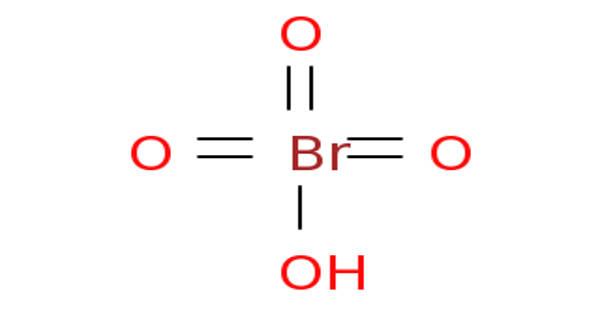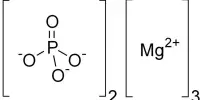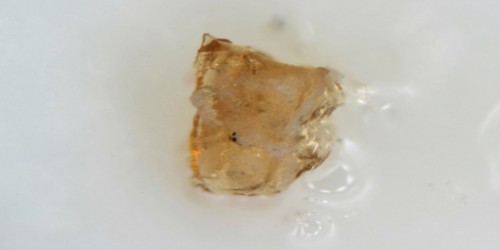Silicon is a crystalline semi-metal or metalloid. It is a chemical element with the symbol Si and atomic number 14. It is a nonmetallic chemical element in the carbon family (Group 14 [IVa] of the periodic table). It is a hard, brittle crystalline solid with a blue-grey metallic luster, and is a tetravalent metalloid and semiconductor. It is a member of group 14 in the periodic table: carbon is above it; and germanium, tin, and lead are below it. It is relatively unreactive. Because of its high chemical affinity for oxygen, it was not until 1823 that Jöns Jakob Berzelius was first able to prepare it and characterize it in pure form. Examples include sand, quartz, clays, flint, amethyst, opal, mica, feldspar, garnet, tourmaline, asbestos, talc, zircon, emerald, and aquamarine.
Silicon is the second most abundant element in the Earth’s crust, exceeded only by oxygen. Many rocks and minerals contain silicon. Its oxides form a family of anions known as silicates. It’s melting and boiling points of 1414 °C and 3265 °C respectively are the second-highest among all the metalloids and nonmetals, being only surpassed by boron. Silicon never occurs as a free element. It is always combined with one or more other elements as a compound.
- atomic number: 14
- atomic weight: 28.086
- melting point: 1,410 °C (2,570 °F)
- boiling point: 2,355 °C (4,270 °F)
- density: 2.33 grams/cm3
- oxidation state: −4, (+2), +4
Silicon is the eighth most common element in the universe by mass, but very rarely occurs as the pure element in the Earth’s crust. In compounds, silicon dioxide occurs both in crystalline minerals and amorphous or seemingly amorphous minerals in all land areas. It is most widely distributed in dust, sands, planetoids, and planets as various forms of silicon dioxide (silica) or silicates. The melting point of silicon is 1,410°C (2,570°F) and the boiling point is 2,355°F (4,270°F). Its density is 2.33 grams per cubic centimeter. Silicon has a hardness of about 7 on the Mohs scale. The Mohs scale is a way of expressing the hardness of a material. It runs from 0 (for talc) to 10 (for diamond).
More than 90% of the Earth’s crust is composed of silicate minerals, making silicon the second most abundant element in the Earth’s crust (about 28% by mass) after oxygen. At higher temperatures, however, silicon becomes much more reactive. In the molten (melted) state, for example, it combines with oxygen, nitrogen, sulfur, phosphorus, and other elements. It also forms a number of alloys very easily in the molten state. Elemental silicon is produced commercially by the reduction of silica (SiO2) with coke in an electric furnace, and the impure product is then refined.
Most silicon is used commercially without being separated, and often with little processing of the natural minerals. Such use includes industrial construction with clays, silica sand, and stone. They are also used in whiteware ceramics such as porcelain, and in traditional quartz-based soda-lime glass and many other specialty glasses.















